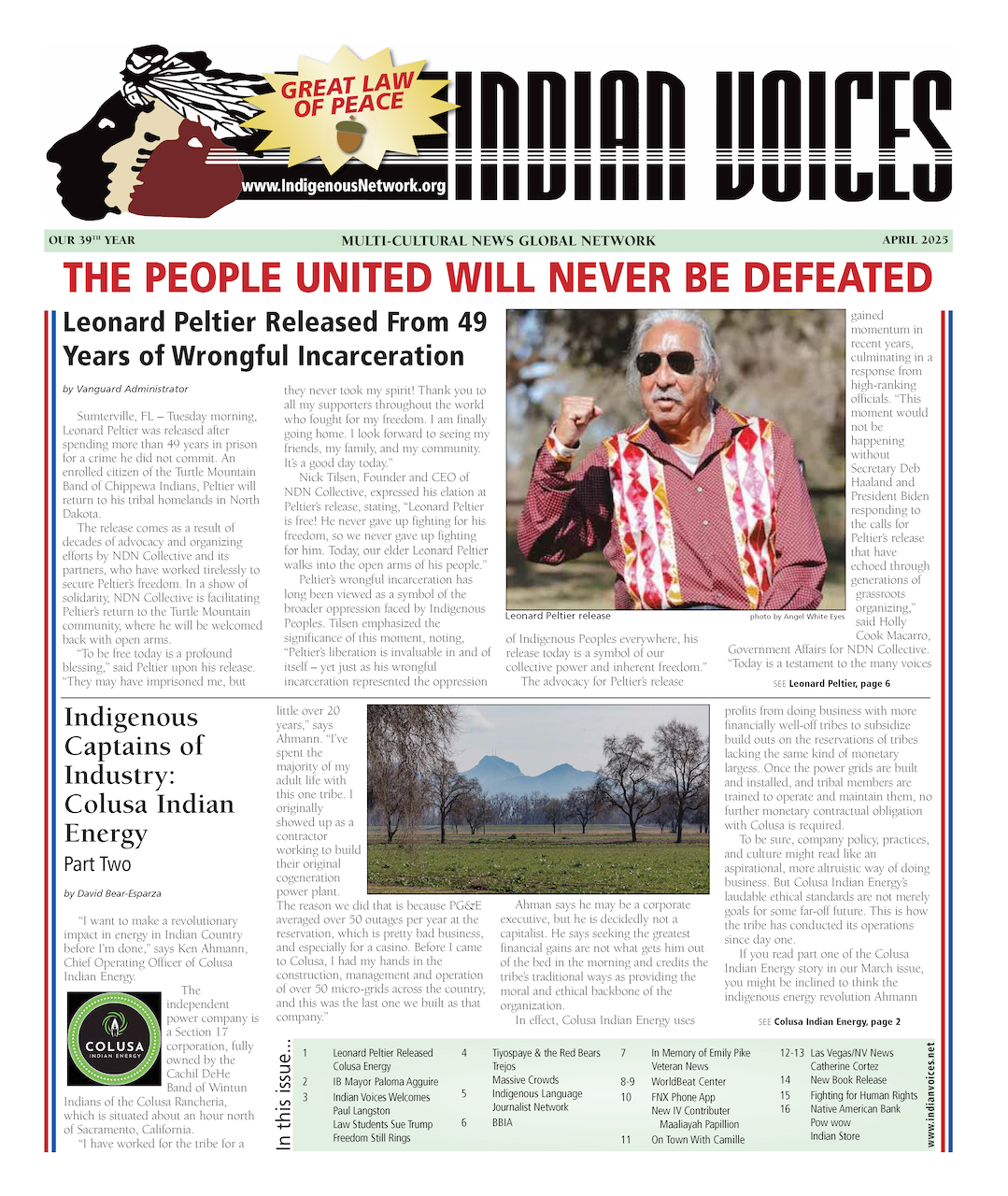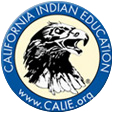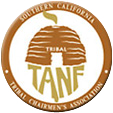by William Loren Katz
In a series of invasions launched years before and decades after the American Revolution of 1776 the United States Army, Navy and Marines were unable to subdue the multicultural Seminole Nation. In 1837 the strongest military force in the Americas found itself stalled and mired in a Second Seminole War – its largest Indian war until that time.
Under the wise and bold leadership of Chief Wild Cat and John Horse his African sub-chief, Seminoles had forged an alliance of formerly enslaved Africans and people of the Seminole Nation they welcomed to Florida around 1776. Despite every U.S. effort to divide the two peoples, they held firm.
Major General Sidney Thomas Jesup leading the U.S. invasion described the alliance: “The two races, the negro and the Indian, are rapidly approximating; they are identical in interests and feelings . . . . Should the Indians remain in this territory the negroes among them will form a rallying point for runaway negroes from the adjacent states; and if they remove, the fastness of the country will be immediately occupied by negroes.”
Africans and Seminoles had become more than family and allies. “Throughout my operations I have found the negroes the most active and determined warriors; and during conferences with the Indian chiefs I ascertained they exercised an almost controlling influence over them,” Jesup reported
U.S. forces destroyed crops, cattle and horses, violated agreements, and seized women and children as hostages. The Seminoles had to protect and provide for their families as military units ran circles around the technologically and numerically superior invaders. At one point, General Jesup complained: “The negroes rule the Indians and it is important that they should feel themselves secure.”
But the United States was not seeking peace but conquest and victory. After inviting Chief Osceola, Wild Cat, John Horse to a peace conference U. S. General Hernandez ordered his Second Dragoons to seize the 12 men and women of the peace delegation. They were marched to Fort Marion and jailed in an 18 foot high cell. A U.S. medical corpsman wrote confidently, “The Indians are perfectly secure and do not dream of escape.”
Actually from their first day, Wild Cat later wrote, “We resolved to make our escape or die in the attempt.” After weeks the strongest prisoners weakened the huge bar that blocked the hole at the cell's top, and fled with other Seminole prisoners. Oscela proved too weak to help or to join the escape.
For five days Wild Cat and John Horse led the men and women south to friends who supplied them with food and rifles. General Zachary Taylor raced after them with 800 U.S. troops -- the U.S. Sixth, Fourth, and First Infantry Regiments -- 180 Tennessee volunteers and 70 Delaware Indians. At the northeast corner of Lake Okeechobee Wild Cat and John Horse positioned about 400 Black and Red marksmen in trees and tall grass.
Taylor’s Missouri riflemen, soldiers and Delawares approached. Sensing danger, the Delawares hesitated, then fled. Next, the Missouri men broke and ran. Taylor then ordered his Sixth, Fourth, and First Infantry Regiments forward. He reported later that pinpoint Seminole rifle fire brought down “every officer, with one exception, as well as most of the non-commissioned officers” and left “but four . . . untouched.”
On Christmas morning Taylor found the Seminoles had fled in canoes. He counted 26 U.S. dead and 112 wounded, found his riflemen had killed only five Seminoles and took no prisoners. This Second Seminole War (1835-1842) involved U.S. Army, Navy and Marine units and at times keep half of the Army in Florida. The war caused 1500 U.S.military deaths and cost Congress (the taxpayers) $30,000,000.
After his battered army limped back to Fort Gardner, Zachary Taylor won a promotion by claiming, “the Indians were driven in every direction.” Later, promoting himself as an “Indian fighter,” General Taylor won election as the 12th President of the United States.
Lake Okeechobee in Florida stands as the Army’s worst defeat until that time. But the truth of the battle remain buried or distorted. Historian Arthur M. Schlesinger, Jr. inThe Almanac of American History, wrote: “Fighting in the Second Seminole War, General Zachary Taylor defeats a group of Seminoles at Okeechobee Swamp, Florida.”
Not exactly.
The Seminoles’ sustained and heroic resistance to the new Republic’s first foreign invasion created one of liberty’s proudest moments. Those who cherish U.S freedom-fighters should know their full story. The multicultural Seminole Nation proved that a united rainbow coalition can defeat the most powerful of invaders.
---------------------------------------------------------------------------------------------------------------------
*This essay is adapted by the author from William Loren Katz, BLACK INDIANS: A HIDDEN HERITAGE [Atheneum, 2014 revised edition]






